Stay Ahead of the Curve
Latest AI news, expert analysis, bold opinions, and key trends — delivered to your inbox.
AI Image Generation: The New Frontier of Creativity
4 min read AI image generation is evolving fast—turning text into art, reshaping creative industries, and raising big questions about authenticity and authorship. It’s not replacing artists, it’s expanding the canvas. The future of creativity is human + machine. March 28, 2025 22:16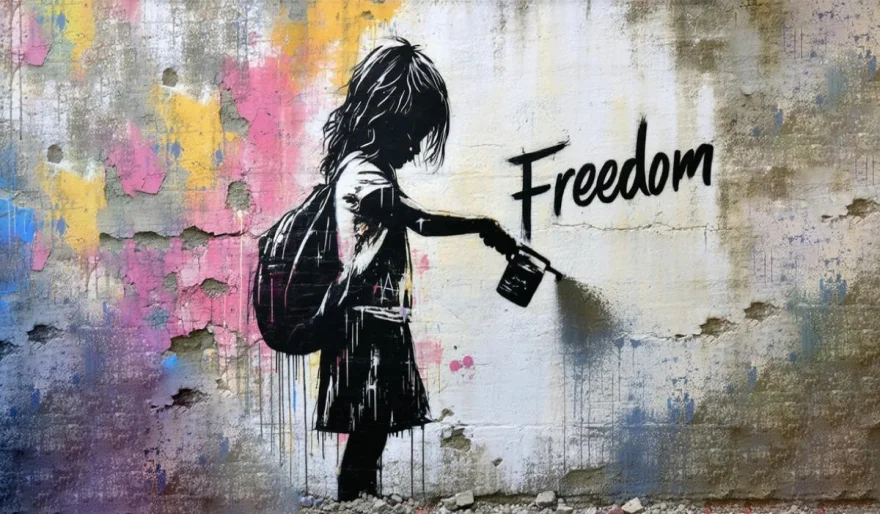
Recent Technological Advancements
Over the past few months, some major players have made significant strides:
-
OpenAI has upgraded its GPT-4o model with native image generation, now integrated into ChatGPT and Sora. Users can create high-resolution, photorealistic images directly from text prompts—everything from comic panels to complex diagrams. Compared to DALL·E 3, GPT-4o is more responsive to user intent and has sparked buzz for outperforming tools like Midjourney and Ideogram in both accuracy and detail.
-
Stability AI released Stable Diffusion 3.5 Large, improving quality and reducing content restrictions—offering more creative freedom.
-
Google’s Gemini 2.0 Flash now natively supports image generation with better character consistency and fewer filters, making it ideal for iterative visual design.
-
Flux AI by Black Forest Labs is earning praise for its high fidelity outputs and near-perfect prompt alignment—attracting professional artists and researchers alike.
Impact on Creative Industries
AI image generation is rapidly becoming a creative co-pilot across industries:
-
In entertainment, it speeds up concept art and asset creation.
-
In advertising, it enables faster visual prototyping.
-
Artists are collaborating with AI to discover new styles, ideate faster, or co-create with a digital muse.
One standout innovation is MIT’s Hybrid Autoregressive Transformer (HART), which merges diffusion and autoregressive models to produce images 9x faster than traditional approaches—paving the way for real-time creative workflows.
But this shift isn’t without tension.
Critics fear it could displace human artists, leading to more generic content. Concerns over copyright, authorship, and algorithmic bias remain unresolved.
The Creative Potential
Despite controversy, many agree: AI is not replacing creativity—it’s amplifying it.
By lowering the barrier to entry, it empowers non-artists to bring ideas to life using words as brushes. Tools like Midjourney delight with imaginative visuals, while GPT-4o offers unmatched precision. This dual power is fueling a golden age of experimentation.
Researchers are pushing into multimodal frontiers—combining text, sound, visuals, and spatial data to craft immersive experiences, from AR recreations of dreams to educational visuals that make complex ideas click for visual learners.
Challenges and What’s Next
Still, the road ahead has hurdles:
-
The uncanny valley remains a technical obstacle.
-
Legal frameworks struggle to define ownership and fair use.
-
Public opinion is split—some see a revolution, others see erosion of authenticity.
But the future likely lies not in replacement—but in collaboration.
Experts envision AI tools that respond like instruments—intuitive, responsive, human-guided. With faster engines like HART and increasing scalability, we’re poised to see AI spill beyond still images into video, sound, and interactive media.
In Summary
AI image generation stands at a pivotal moment.
It’s a revolutionary tool—powerful, controversial, and bursting with potential. Whether it disrupts or enhances creativity depends entirely on how we use it. As of March 2025, one thing is clear: this is a frontier we can’t afford to ignore.
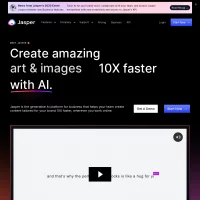
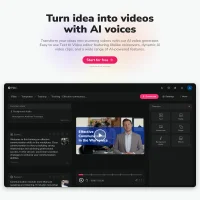
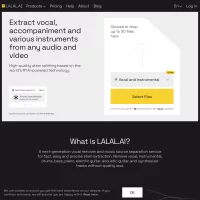
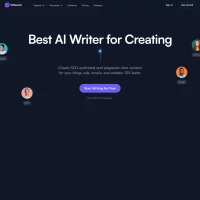


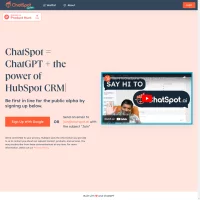
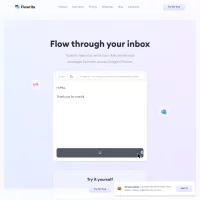
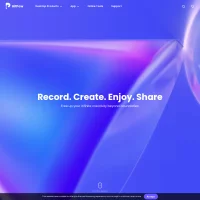
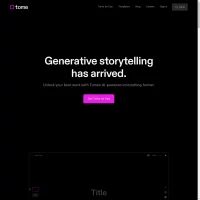

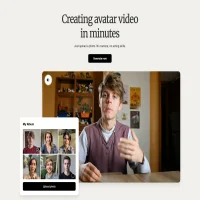
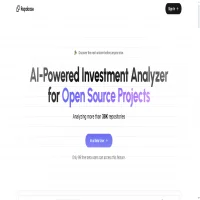
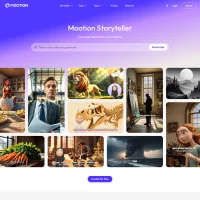
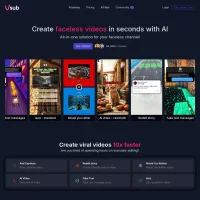
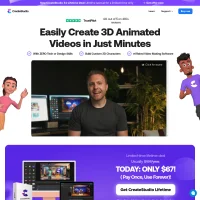
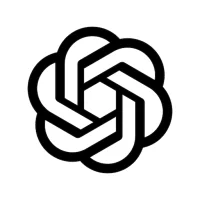

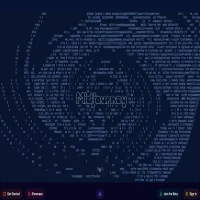
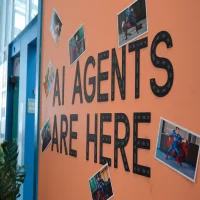 AI Agents
AI Agents